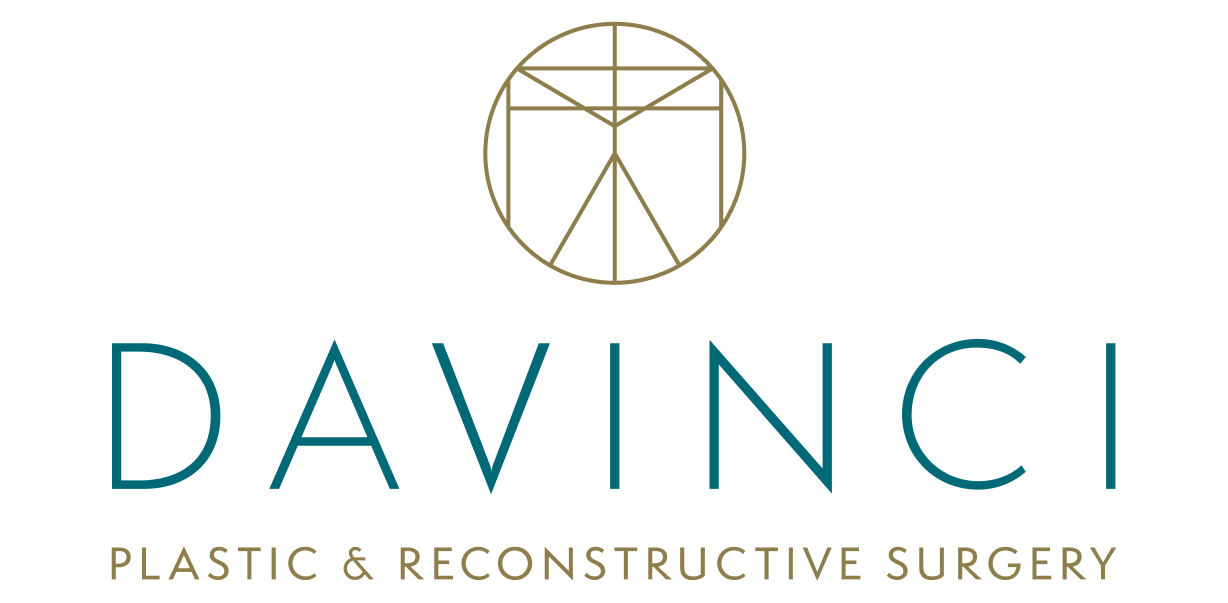Taking Care of your Investment: Facelift Recovery, part 2
Posted October 31, 2018 in FaceLift Surgery, Facelifts
The initial recovery stages of any surgery, including a Facelift, can be a challenge because you’re not feeling or looking normal. Patience is key. Even as your body is healing, a large portion of recovery is emotional, too. Continue to remind yourself of your “why.” How will looking at least 10 years younger make you […]
Read More






